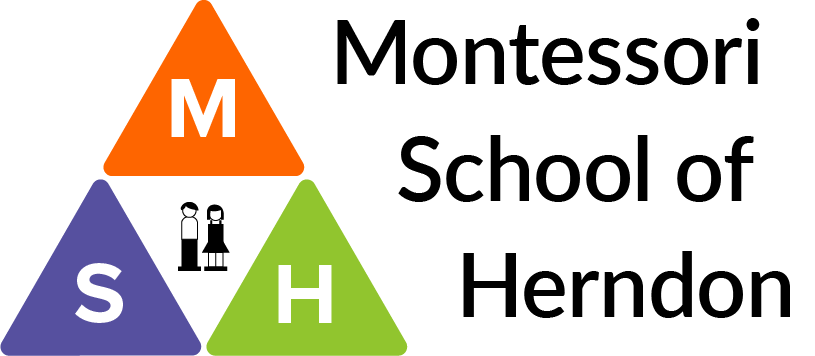Class Overview
We provide three class options for children between 12 months and 12 years of age.
Our classes are perfect for your child. With three different age groups and smaller class sizes, our students get the full attention they need to evolve and improve their abilities.
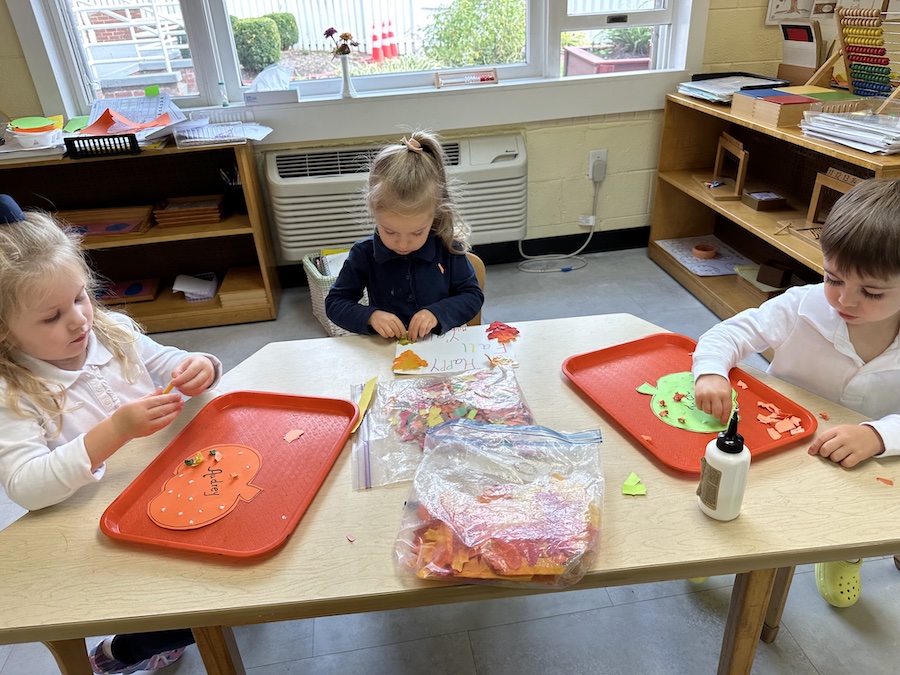
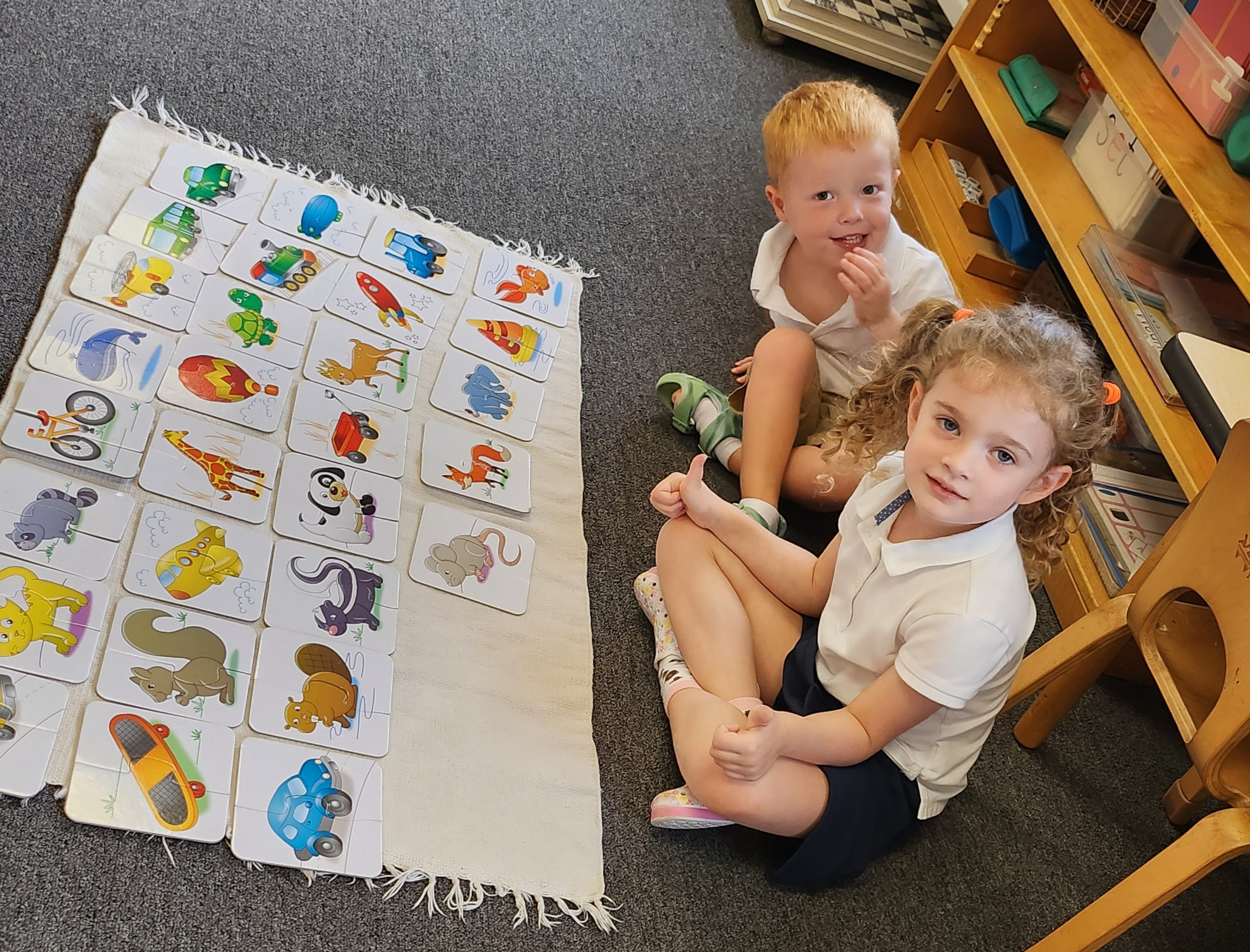
Pre-primary Learning (Ages 1-3 years old)
Class Ratio: 5 – 1
This area of the Montessori Classroom is perfect for their strive for independence. Here, they learn how to care for themselves. Those lessons include everyday activities such as feeding, dressing, washing their hands, pushing in chairs, putting work away once completed, sharing, and setting the table to name a few.
⭐ Introduction to the functions of daily life
⭐ Students learn self sufficiency skills such as manners and cleaning up
⭐ Learning occurs through sight, sound, touch and taste
⭐ Focus on developing basic understanding of language and math
Sensorial
Sensorial Activities are designed to heighten their senses. They will find work that is specifically designed for each sense. For example, we provide them the opportunities to learn through sight, sound, touch, and taste. They will experience this through colors, textures, food preparation, and sound cylinders.
Language
Language activities, whether group or individualized are aimed to learn through daily conversations, deciphering sounds and speech patterns, stories, and repeating sounds to name objects and friends.
Math
Math is learned through many everyday activities such as Practical Life and Sensorial. They experience this through measurements, calculations, and order of sequence.
Primary Learning (Ages 3-6 years old)
Class Ratio: 10 – 1
At this time period in a child’s life exploration is at the forefront. They take in their surrounding through sensorial stimulation with a hands-on approach. The Montessori Classroom is designed specifically to meet their growing and absorbant minds. The Montessori Curriculum in the classroom includes the following areas: Practical Life, Sensorial, Math, Language, Art, Science, Geography, and Music.
⭐ Comprehensive introduction to language and math
⭐ Students get hands on with materials to better teach more advanced concepts
⭐ Learning to hold pencils, write, and develop fine motor skills
⭐ Start to develop responsible work ethic
Sensorial
This area is designed to stimulate the visual, olfactory, auditory, and tactile senses. As they grow they will be introduced to activities that coincide with math related concepts such as Geometric shapes and the Binomial and Trinomial cubes.
Language
Montessori Language is an extension of the communication skills they have already acquired. Through conversations and stories they expand their language to a whole new level which sets them up for reading and writing. Pincer grip is an important development which will allow for the child to hold his pencil properly. This is learned through a variety of tools such as pin work. They pick up the curves and lines of each letter as they continue to excel. Eventually, they learn how to read with ease as they listen for the sounds of the letters and become experts at blending them together.
Math
Montessori Math is scientifically designed through didactic lessons. The activities are concrete and have a built in control of error. During this time the child will move on to quantity and association which leads to more complex works like addition and subtration. Each activity has an order of sequence.
Science
All science activities are hands on. This includes areas with plants, food, parts of the body, and other nature based lessons. These can be taught through group or individualized plans.
Geography
Geography is introduced through means of maps, cultures, and their peers. Many of these cultural lessons are taught through songs, pictures, puzzle maps, and parent volunteers.
Music and Movement/Art
Music and Movement allows for freedom of movement in a safe manner. They will begin with activities like walking the line and progress further into running, skipping, galloping, etc. When music is incorporated they distinguish patterns in rhythm and beats with bodily movements.
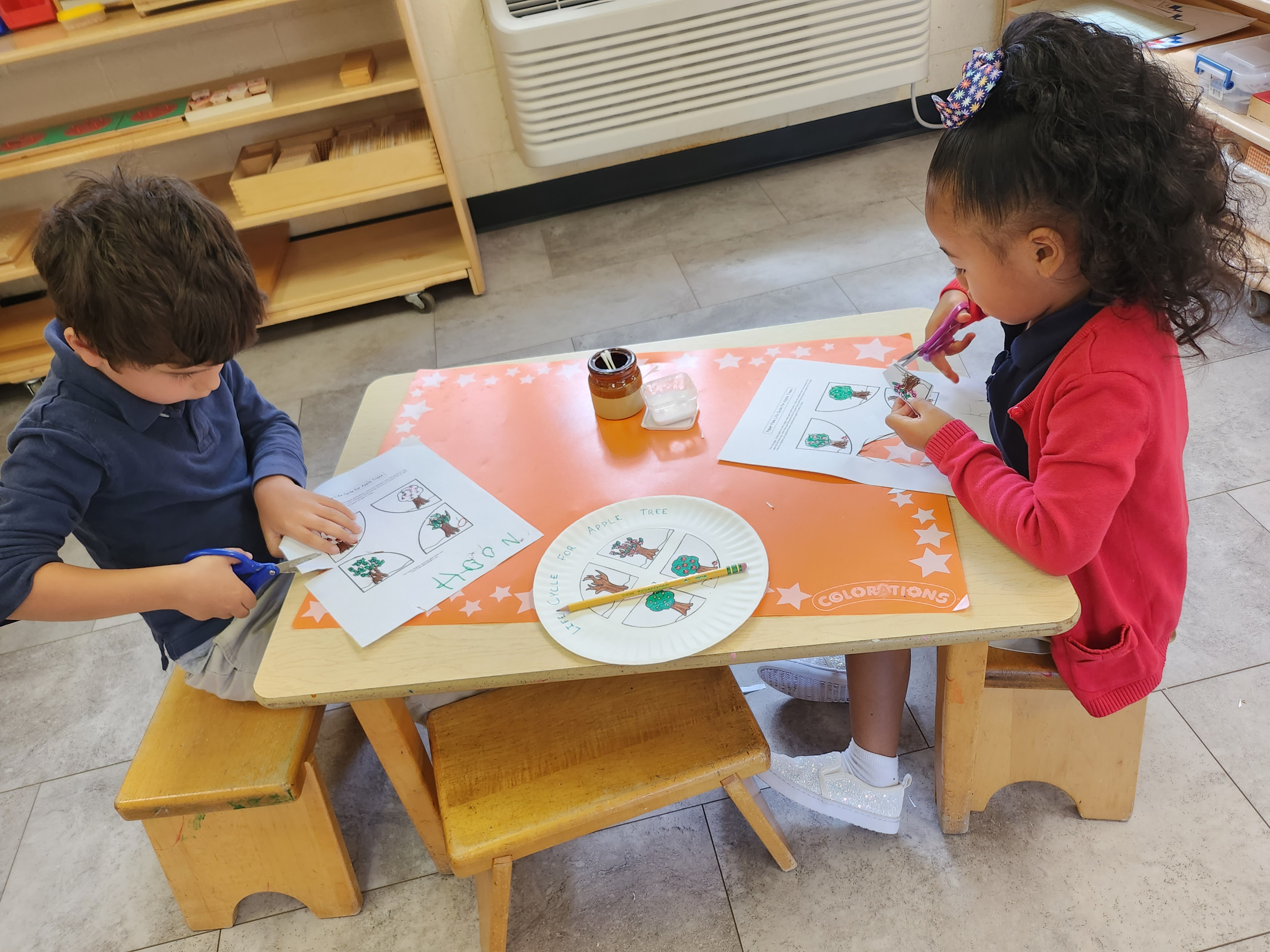
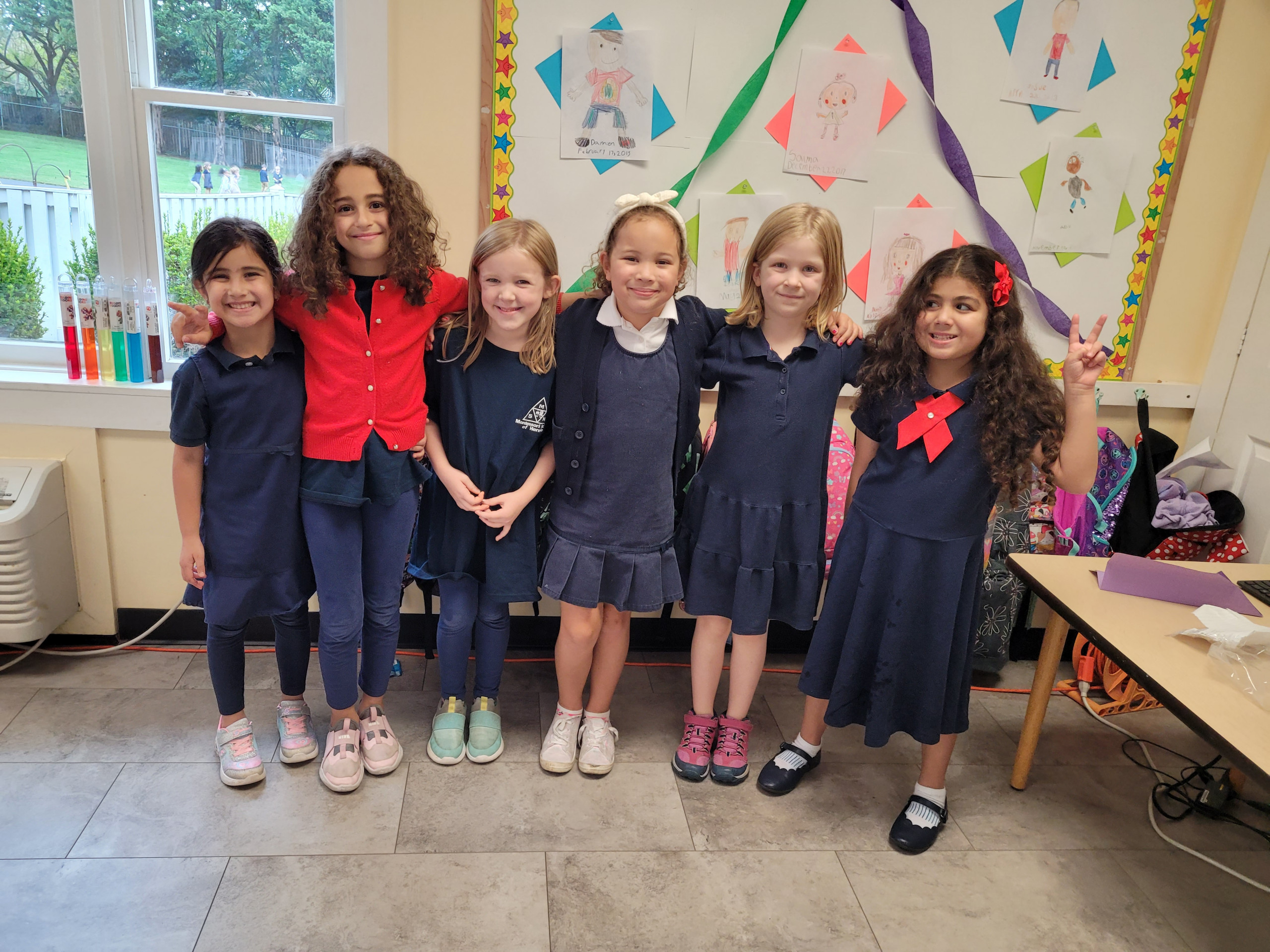
Elementary (Ages 6-12 years old)
Class Ratio: 12 – 1
Our Elementary program is designed to be a transitional classroom. Though Montessori Materials are used in areas of Language and Math, we aid them in the transition from Montessori to traditional education.
Transition from a Montessori to a public school environment
Preparation for success in traditional academic institutions
Applying Montessori work ethic to other learning avenues
+ Before and After School Care
We offer convenient before and after school care programs. Please contact us for details.
+ Extra-Curricular Activities
The Montessori School of Herndon offers the following extra-curricular activities that complement the curriculum at our school including soccer, dance, and Tae Kwon Do.
+ Foreign Languages
We teach Spanish and Chinese to the students in a method very similar to how a child learns their primary spoken language.
+ Nature Studies
The Montessori classroom aims to give the child a firsthand experience with the natural world and scientific materials through observation of the world around them.
